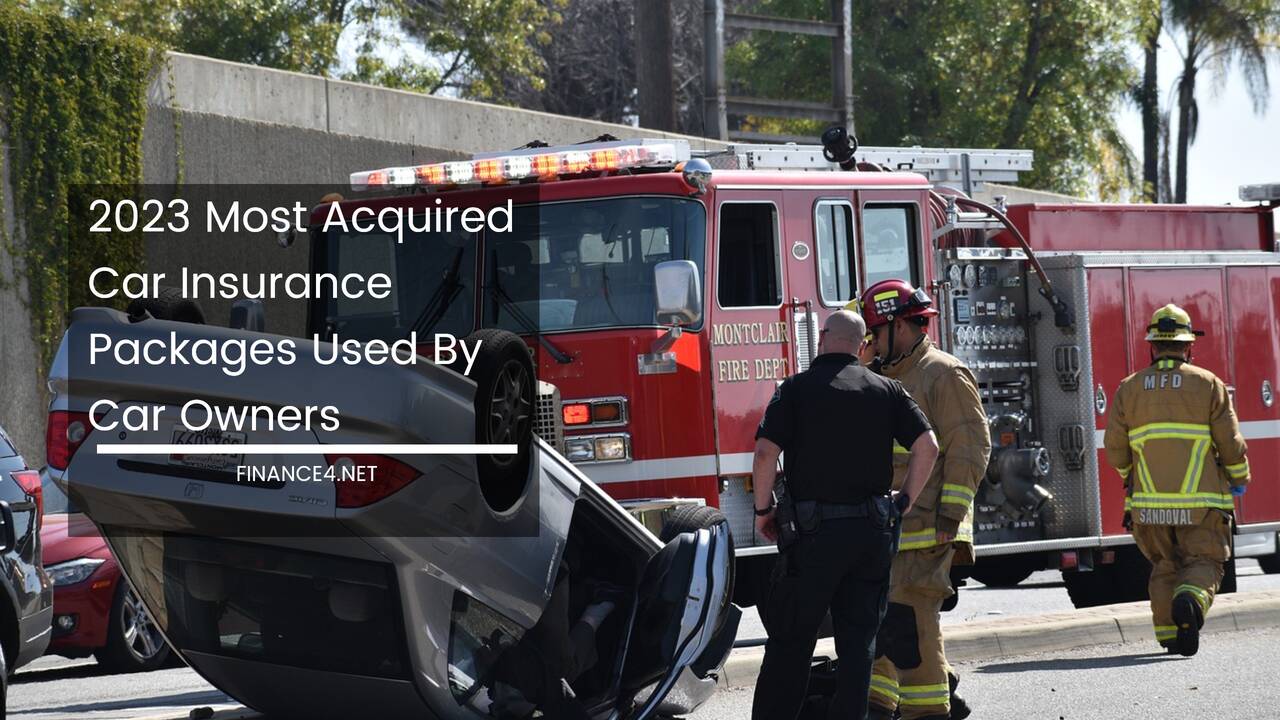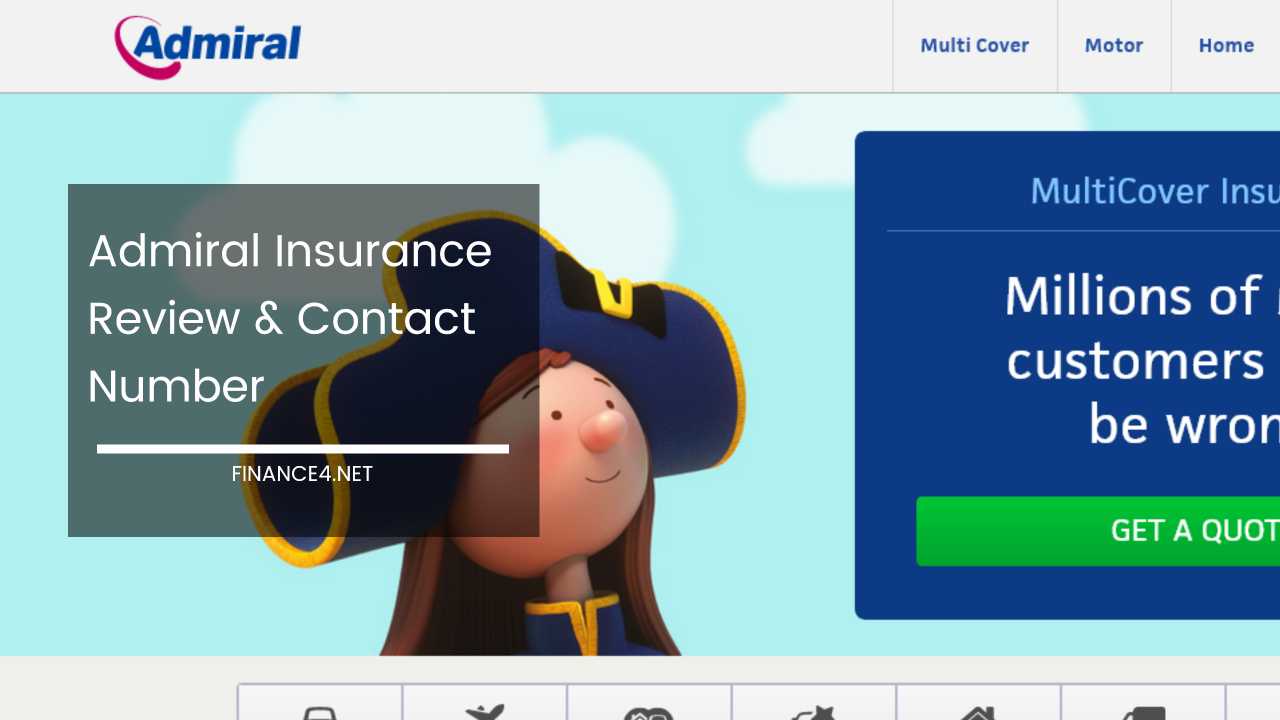2023 Most Acquired Car Insurance Packages Used by Car Owners

Navigating the Maze: A Comprehensive Guide to 2023’s Most Popular Car Insurance Packages
Car insurance, beyond being a legal requirement, is an investment in peace of mind. It safeguards you from the financial repercussions of unforeseen events on the road.
But with a plethora of coverage options available, navigating the world of car insurance can feel like venturing into a labyrinth. This in-depth guide unravels the most popular car insurance packages of 2023, empowering you to make informed decisions tailored to your specific needs.
The Bedrock of Protection: Why Car Insurance Matters
Imagine a scenario – you’re behind the wheel, and in a split second, an accident occurs. The other vehicle sustains significant damage, and its occupants are injured.
Without car insurance, the financial burden of repairs, medical bills, and potential lawsuits could land you in a financial quagmire. Car insurance acts as a vital shield, ensuring these costs are covered within the policy limits.
This financial protection extends beyond accidents. Theft, vandalism, and even natural disasters can pose significant threats to your vehicle. Car insurance offers peace of mind, knowing you’re not solely responsible for these unexpected events.
Understanding the legal requirements in your state is crucial. Most states mandate liability insurance, the minimum threshold for legal compliance. This baseline coverage serves as the foundation of your car insurance, but it’s vital to explore additional options for comprehensive protection.
Demystifying Popular Coverage Options: Unveiling Your Choices
Now that we’ve established the significance of car insurance, let’s delve deeper into the most sought-after coverage options:
- Liability Insurance: The Essential Foundation
Liability insurance reigns supreme as the most popular car insurance package. Often the minimum coverage mandated by your state, it serves as the cornerstone of your insurance. As the term implies, liability insurance kicks in when you’re deemed responsible for an accident. It covers:
- Property Damage: If your accident damages another vehicle, fence, or any other property, liability insurance foots the bill for repairs or replacements, up to your policy limit.
- Bodily Injury: This coverage pays for medical expenses and other associated costs incurred by those injured in the accident due to your negligence. This could include hospital bills, lost wages, and rehabilitation costs.
Remember, each state sets minimum liability coverage requirements. While opting for the bare minimum might seem appealing from a cost perspective, it’s crucial to consider exceeding those limits.
Medical bills can escalate quickly, leaving you liable for any costs exceeding your policy limit. Imagine a scenario where a serious injury occurs; the financial repercussions could be devastating. Consulting with a qualified insurance agent can help you determine the appropriate liability coverage limits for your needs.
- Collision Insurance: Safeguarding Your Investment
Liability insurance ensures the other party involved in the accident is taken care of. But what happens to your own vehicle? Collision insurance steps in to address this concern. It covers repairs or even replaces your car if it gets damaged in an accident, regardless of who’s at fault.
Here’s a crucial point to remember: collision coverage doesn’t guarantee a brand-new car in case of a total loss. You’ll receive the depreciated value of your vehicle based on its market value before the accident. So, if your car is older and has significantly depreciated, collision insurance might not be the most cost-effective option.
- Comprehensive Insurance: Broadening Your Protection Net
While liability and collision insurance primarily focus on accidents, comprehensive insurance offers a wider safety net. It safeguards your car against various non-collision related perils, such as:
- Theft: If your car is stolen, comprehensive insurance reimburses you for its actual cash value.
- Weather Damage: Damage caused by hail, storms, floods, or even falling objects like tree branches is covered under comprehensive insurance.
- Fire: Whether caused by an electrical malfunction, lightning strike, or arson, fire damage to your vehicle is covered by comprehensive insurance.
- Vandalism: If your car is vandalized with malicious intent, comprehensive insurance will help cover the repair costs.
Naturally, comprehensive insurance comes with a higher price tag compared to liability or collision coverage alone. Similar to collision insurance, consider the value of your car before opting for comprehensive coverage. If your car is older with significant depreciation, the cost of the premium might outweigh the potential benefits.
- Gap Insurance: Bridging the Loan Gap
This coverage holds particular value for car owners financing their vehicles. Imagine a scenario where your car is totaled in an accident, but the insurance payout (based on depreciated value) falls short of your outstanding loan balance.
Here’s where gap insurance steps in. It covers the difference between the actual cash value of your car and the amount you still owe on your loan. This financial buffer prevents you from being responsible for the remaining loan amount after the insurance payout.
Most lenders require gap insurance if your car loan is relatively new. In some cases, you might already have gap insurance included in your loan package without even realizing it.
However, it’s always wise to double-check your loan terms and consider additional gap insurance if necessary. Here are some additional factors to consider regarding gap insurance:
- Loan-to-value ratio: If your loan-to-value ratio (amount financed compared to car’s value) is high, gap insurance is highly recommended. As your car depreciates quickly in the initial years, the gap between the loan amount and the car’s actual cash value widens.
- Length of the loan term: Longer loan terms lead to a greater potential gap between the loan amount and the car’s depreciated value. If you have a long-term loan, gap insurance can provide valuable protection.
- Additional Coverage Options: Tailoring Your Protection
Beyond the core coverages discussed above, many insurance companies offer a variety of add-on options to customize your car insurance package. Here are some popular choices:
- Roadside Assistance: This coverage provides valuable support in case of unexpected breakdowns or flat tires. Towing services, jump starts, and even locksmith services might be included, depending on the specific policy.
- Medical Payments: This coverage helps pay for medical expenses incurred by you or your passengers in the event of an accident, regardless of who’s at fault.
- Rental Reimbursement: If your car is rendered unusable due to an accident or covered peril, this coverage helps offset the cost of a rental car while yours is being repaired or replaced.
- Uninsured/Underinsured Motorist Coverage: This protects you in scenarios where the at-fault driver either has no insurance or inadequate coverage to cover your damages.
Remember, adding more coverage options will increase your overall premium. Carefully evaluate your needs and budget before opting for additional coverages.
Making an Informed Decision: Choosing the Right Coverage
With a clear understanding of the different car insurance options available, you’re well-equipped to make an informed decision. Here are some key considerations when selecting your insurance package:
- The value of your car: If your car is older and has depreciated significantly, comprehensive or collision coverage might not be the most cost-effective option.
- Your driving habits: If you drive infrequently or primarily in low-risk areas, you might be able to opt for lower coverage limits.
- Your financial situation: Consider your budget and risk tolerance when determining the appropriate coverage levels and add-on options.
Consulting with a reputable insurance agent is highly recommended. They can analyze your individual needs and driving history, providing valuable insights and recommending a customized insurance package that offers optimal protection at a reasonable cost.
Don’t hesitate to ask questions and compare quotes from multiple insurance companies before making your final decision.
By taking the time to understand your car insurance options and making informed choices, you can secure the financial protection necessary to navigate the road with peace of mind. Remember, car insurance is an investment, not just a financial obligation. It safeguards your financial well-being and ensures you’re not left stranded in the event of an unforeseen event.



